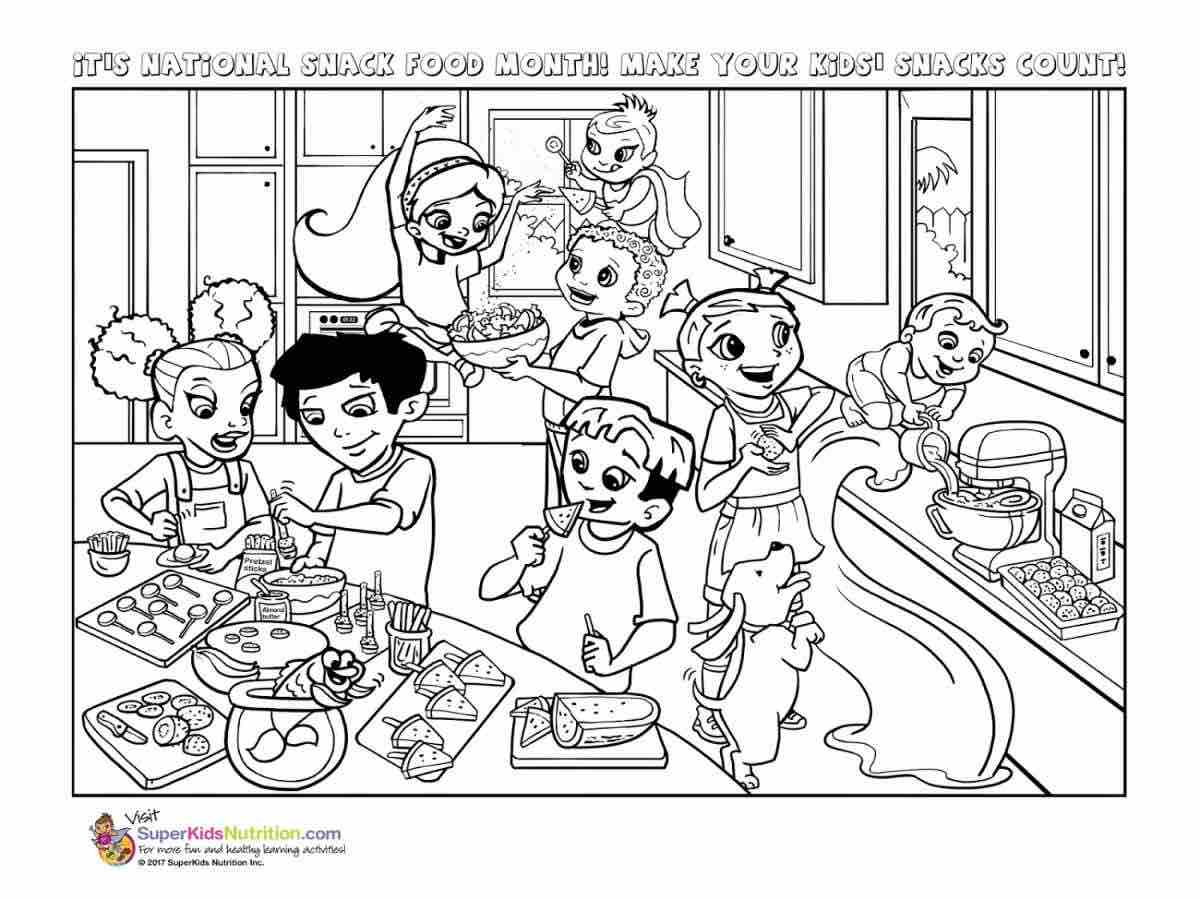
Simple ways to make sure your kids eat healthy even when you’re not around and someone else is preparing their meals.
A question I often hear is, “How can I make sure my child is eating healthy while under the care of their nanny?” It may seem difficult to keep up healthy eating practices while you are away, but the transition to eating with nanny can be seamless and easy. Here are some tips to help you get started.
Plan ahead and be prepared.
Take the time to stock your fridge and pantry each week with healthy snacks and meal staples. If you schedule tasks for the nanny when your child is napping, have them wash, cut, and store fruit like melon and pineapple so it’s ready to eat when needed. On the weekends precook quinoa, millet, brown rice, lentils, and beans and store in the refrigerator. Purchase or prepare chicken breasts and slice julienne style for easy finger food or as an addition to chopped salads for you or the nanny. Set your nanny up for success by having healthy foods ready to go, before a child is hungry and grumpy.
 Make playtime include healthy habits.
Make playtime include healthy habits.
Does your child love playing sous chef? This is a great opportunity for your nanny to model appropriate food behaviors. Demonstrate healthy cooking by stocking your play kitchen with healthy and colorful toy food. Research shows that children are more likely to try foods that they have seen repeatedly in their environment (1). Also have your nanny read children’s books with healthy themes, such as cooking or gardening, with your child. This will not only positively influence your child, but also reinforce child-rearing themes you want your nanny to practice. Utilize our free Super Crew coloring pages with nutrition and health-themed ideas.
Presentation is key.
Make snack time fun! Ask the nanny to arrange healthy snacks in appealing shapes and patterns for your child. This is especially great for playdates. Try searching for creative snack ideas on the Internet or on websites like Pinterest. Get the kids involved in making healthy food art masterpieces. With these fun techniques, trying new foods will be easier and more enjoyable. Just the simple act of naming a food creatively can make your child more interested in eating it. When carrots were called ‘X-ray vision carrots’ and broccoli was called ‘Power Punch Broccoli’, school vegetable sales skyrocketed 99% compared to schools that did not name their foods creatively (2). Encourage your nanny to make up fun names!
Be ready for snacks and outings.
Keep a list on the refrigerator of both approved at-home snacks and outside treats. If your child has a play-date coming up, ask your nanny to pack a snack from the approved list. Have her bring a mini-insulated snack bag and when possible encourage her to have your little one help place the snacks in the bag. Stock your nanny’s favorite healthy snacks too so she can model appropriate food behaviors in front of your child. If your nanny can’t escape her junk food preferences, ask her to indulge during your child’s nap time. Understand, it’s unrealistic to think that your child will always have healthy snacks when outside the home. Sometimes things come up, and your nanny may be caught on the go without any food.
Learn the signs of hunger.
Sometimes caregivers use food to show affection or placate kids, which provides your child with meals and snacks when they are not actually hungry. Encourage your nanny to teach your child about the sensation of hunger and help them learn when they need to eat and when to stop. For example, ask, “How does your stomach feel? Are you feeling like your tummy’s empty?” Then after your child eats, ask, “Do you feel full?” If so, then tell him that’s a good time to stop eating. Remind your nanny, not to have your child eat in front of the TV or sit in the highchair for extended periods of time.
Get more tips on How to Help Your Caregiver Feed Your Kids Right.












